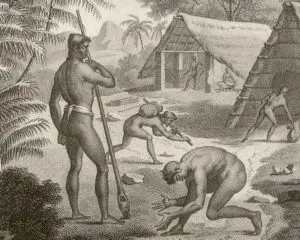
Manachang
In the social organization of Chamorro/CHamoru society, individuals from the lowest class were known as manachang. In her study of early CHamoru culture, anthropologist Laura

In the social organization of Chamorro/CHamoru society, individuals from the lowest class were known as manachang. In her study of early CHamoru culture, anthropologist Laura

Under Spanish colonial rule, the introduction of Spanish customs, social systems and land tenure disrupted traditional practices of land ownership and social class structure of
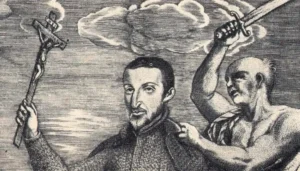
Evolution of the term. Matå’pang is a Chamorro/CHamoru word currently used to describe a person who is acting careless, rude or stupid. It is a
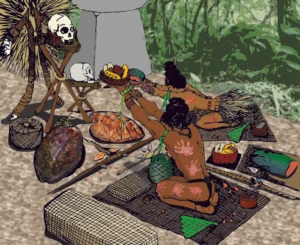
Ancient religious philosophy. Animism is the belief that everything in nature – living and non-living – contains a spirit or soul. In ancient CHamoru society,
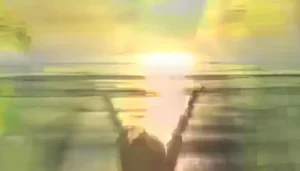
Source of life. Ancient Chamorros/Chamorus believed that women held the power of life and controlled the environment.
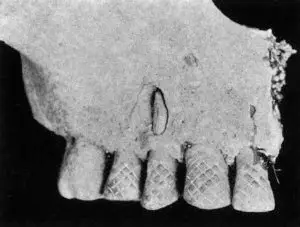
Of the different regional groups of the Pacific, the physical anthropology of the peoples of Micronesia is probably the least studied. While archeologists have collected
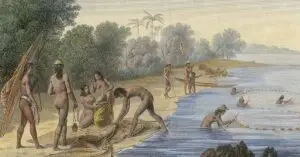
Early accounts of traditional Chamorro/CHamoru society describe at least two distinct social castes—the chamorri, or upper caste, and the manachang, or lower caste. The chamorri

CHamoru women have a legacy of leadership that helped keep the culture and history of their people alive. The earliest accounts of ancient CHamoru society

The social ranking of individuals, whether by age, gender or social status, has always been important in Chamorro society. In pre-Spanish times, social status dictated

Fino’ gualåfon was a style of language developed and used by young bachelors in ancient CHamoru society. The term fino’ gualåfon translates as follows: “fino’”